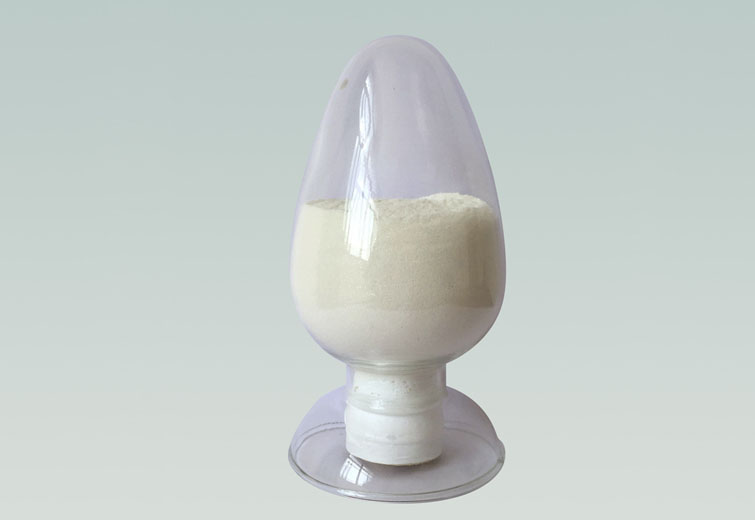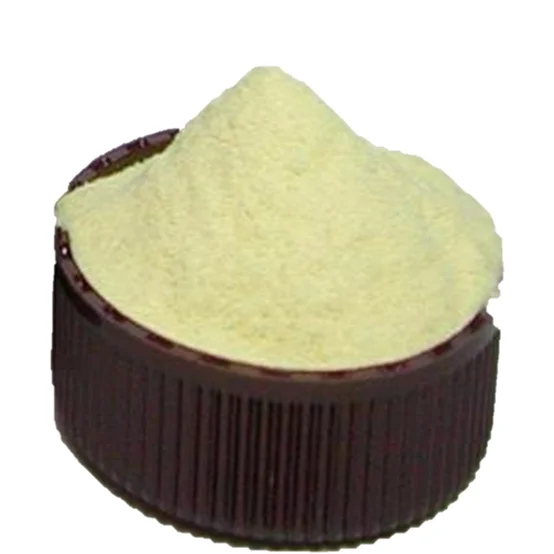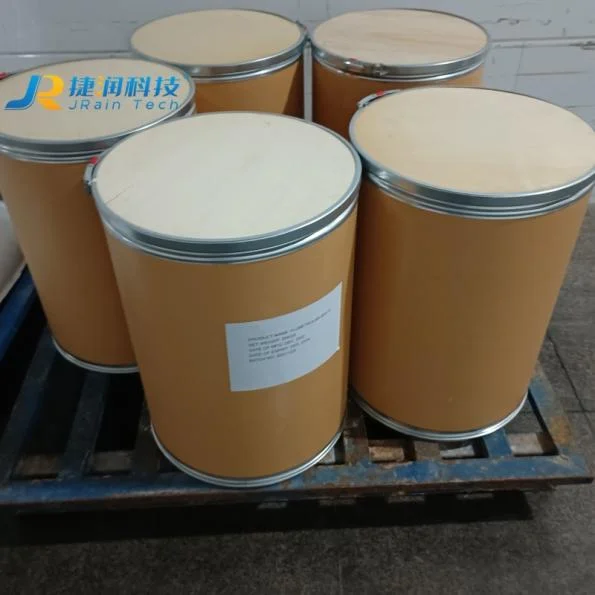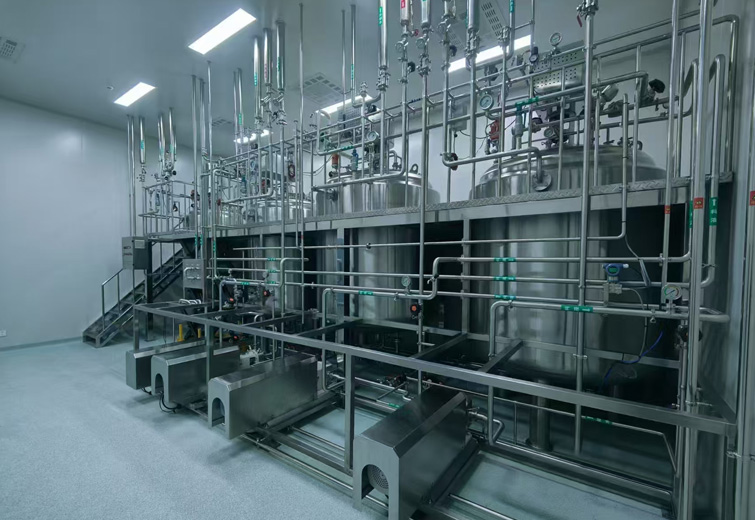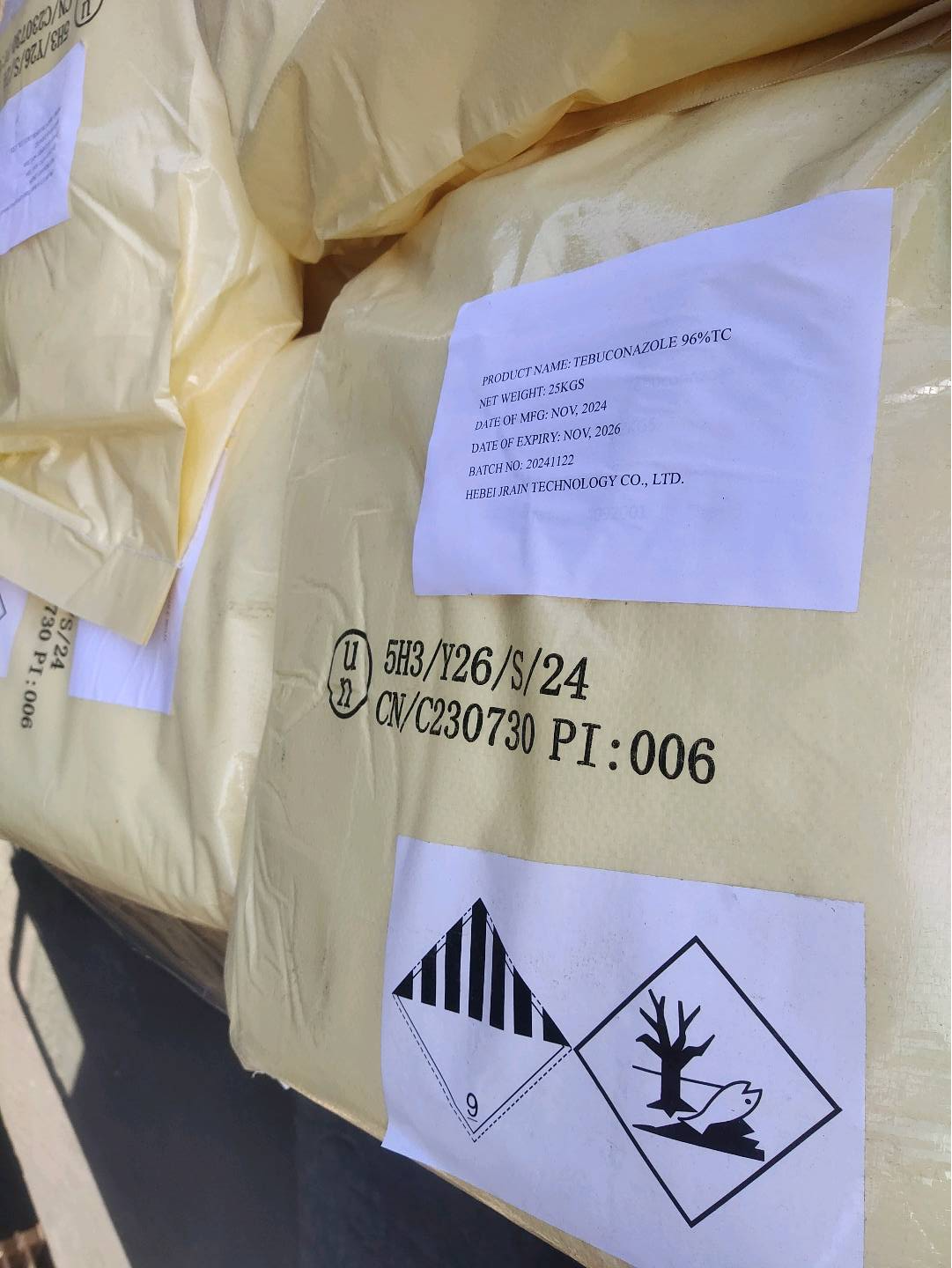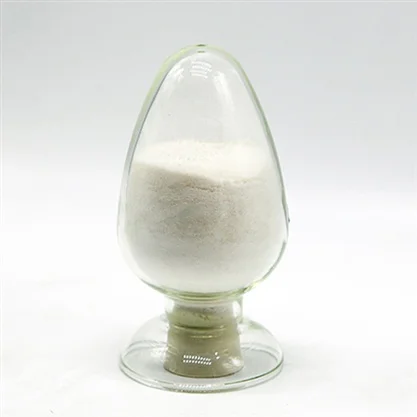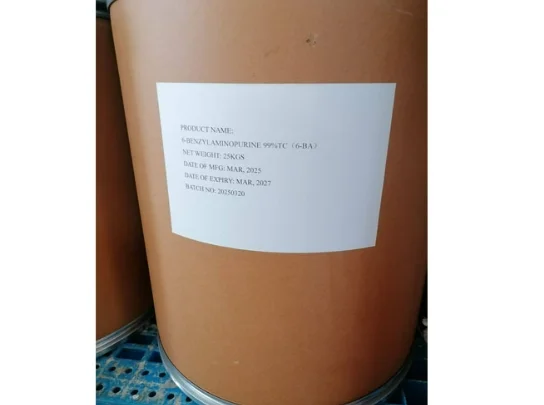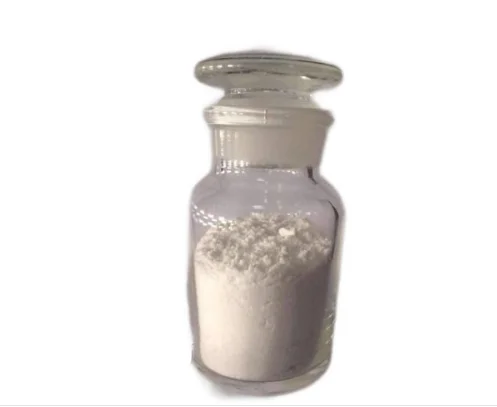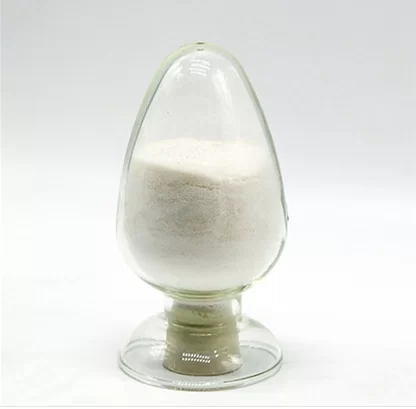Understanding Thiamethoxam: A Crucial Component in Modern Agriculture
In the complex and ever-challenging realm of modern agriculture, the continuous battle against insidious pests remains a paramount concern for ensuring global food security. Among the arsenal of effective crop protection agents, thiamethoxam stands out as a critically important active ingredient, a systemic neonicotinoid insecticide celebrated for its broad-spectrum efficacy against a formidable array of sucking and chewing insects. This compound, derived from the thianicotinyl class, revolutionized pest management strategies by offering a powerful yet selective mode of action, making it an indispensable tool for farmers worldwide. Its significance extends beyond mere pest elimination; it underpins sustainable agricultural practices by safeguarding yields, protecting crop quality, and consequently enhancing economic viability for growers. The systemic nature of thiamethoxam allows it to be absorbed by the plant and translocated throughout its vascular system, providing protection from within. This inherent characteristic ensures that pests feeding on any part of the treated plant, whether roots, stems, or leaves, ingest a lethal dose, offering comprehensive and long-lasting control. From crucial staple crops like corn, rice, and cotton to a vast array of fruits and vegetables, thiamethoxam offers a protective shield, minimizing crop losses and contributing directly to a more stable and abundant food supply. Understanding the intricate mechanics and far-reaching impact of this compound is essential for appreciating its role in sustaining our agricultural future.
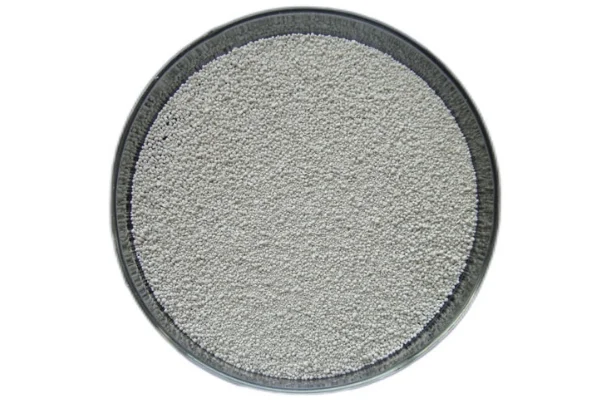
The Global Imperative: Quantifying Its Contribution to Food Security
The global agricultural landscape is constantly under threat from insect pests, which, according to the Food and Agriculture Organization (FAO), are responsible for an estimated 20-40% of crop losses annually worldwide, translating into hundreds of billions of dollars in economic damage. Within this context, the strategic deployment of effective insecticides, particularly those with the robust profile of thiamethoxam, becomes a critical economic and social imperative. The market for neonicotinoid insecticides, with thiamethoxam as a key player, reached approximately $7.5 billion in 2022, underscoring its significant market penetration and widespread reliance. For instance, in maize cultivation, seed treatments containing thiamethoxam have been shown to reduce early-season pest damage by up to 80% in high-pressure environments, often leading to yield increases of 5-15% depending on pest severity and regional conditions. In cotton, studies in key growing regions have documented how targeted applications can preserve lint yields by preventing severe infestations of aphids and thrips, pests that can otherwise cause up to a 30% reduction in harvestable cotton. Similarly, in rice paddies across Asia, where planthoppers are a persistent menace, thiamethoxam-based solutions have proven instrumental in mitigating widespread outbreaks, safeguarding the primary food source for billions. These aren't isolated figures; they represent a consistent pattern of efficacy that translates into tangible economic benefits for farmers, helping them to achieve better returns on investment, reduce financial risks, and contribute to the stability of local and national economies. The preventative and curative capabilities of this chemistry are directly linked to enhanced farm productivity, significantly bolstering global efforts towards food security and economic resilience.
Unpacking the Science: Technical Superiority and Mechanism of Action
The technical superiority of thiamethoxam stems from its sophisticated mode of action and versatile physiochemical properties, setting it apart from older generations of insecticides. As a second-generation neonicotinoid, it acts as an agonist of the insect's nicotinic acetylcholine receptors (nAChRs) in the central nervous system. Upon ingestion or contact, thiamethoxam binds irreversibly to these receptors, mimicking the natural neurotransmitter acetylcholine. However, unlike acetylcholine, thiamethoxam is not readily broken down by acetylcholinesterase, leading to continuous stimulation of the nerve cells. This overstimulation results in paralysis, cessation of feeding, and ultimately, death of the insect. What makes this mechanism particularly advantageous is its relative selectivity; insect nAChRs differ structurally from those in mammals, contributing to a favorable toxicological profile for non-target organisms when used according to label instructions. Its systemic nature is another cornerstone of its technical prowess. When applied as a seed treatment, it's absorbed by the germinating seedling and distributed throughout the plant as it grows, providing protection from pests like wireworms, white grubs, and early-season aphids for several weeks. As a foliar spray or soil drench, it is rapidly taken up by leaves or roots and translocated, ensuring protection even on new growth or parts of the plant not directly hit by the spray. This internal protection is highly effective against piercing-sucking pests, which feed on plant sap, but also provides residual control against chewing insects. Furthermore, its excellent water solubility allows for efficient uptake and translocation within the plant, while its photostability ensures extended residual activity in the field, reducing the need for frequent reapplications and minimizing operational costs and environmental exposure. The compound's formulation flexibility—available as wettable dispersible granules (WDG), suspension concentrates (SC), and flowable concentrates for seed treatment (FS)—further enhances its applicability across diverse agricultural systems and pest management strategies.
Benchmarking Excellence: A Comparative Analysis of Manufacturers
The efficacy and safety of an agricultural active ingredient like thiamethoxam are not solely determined by its chemical structure but critically depend on the manufacturing process, purity, and quality control standards employed by its producers. In a competitive global market, discerning the best manufacturers involves scrutinizing various parameters, from raw material sourcing to regulatory compliance and ongoing R&D investment. High-purity thiamethoxam ensures consistent performance, reduces the risk of undesirable impurities, and contributes to better formulation stability. Manufacturers who invest heavily in robust quality management systems, such as ISO 9001 and GLP (Good Laboratory Practice), tend to produce superior products. Moreover, strong technical support, extensive field trial data, and a commitment to sustainable production practices differentiate leading providers. Below is a comparative overview highlighting key aspects that distinguish manufacturers in the thiamethoxam market:
Attribute | Tier 1 Manufacturer (e.g., Company A) | Tier 2 Manufacturer (e.g., Company B) | Tier 3 Manufacturer (e.g., Company C) |
Purity of Active Ingredient | >98.5% (typically >99%) | 97.0-98.5% | <97.0% (variable) |
Regulatory Compliance | Global registrations (EPA, EU, etc.), full dossier support. | Regional registrations, limited dossier support. | Local registrations, minimal dossier transparency. |
R&D Investment & Innovation | Significant investment in new formulations, resistance management. | Moderate investment, focus on existing product optimization. | Minimal R&D, primarily generic production. |
Quality Control Systems | ISO 9001, 14001, robust internal QC/QA, full traceability. | Basic ISO certifications, less rigorous QA. | Inconsistent or minimal certification. |
Technical Support & Expertise | Extensive agronomic support, global technical teams. | Regional support, product-focused. | Limited, basic product information. |
Sustainability Initiatives | Commitment to responsible use, environmental impact assessments. | Some focus on waste reduction. | Minimal to no reported initiatives. |
Choosing a reputable manufacturer is paramount not only for product performance but also for ensuring adherence to environmental and safety standards. The consistency in purity, formulation quality, and comprehensive technical documentation from top-tier suppliers ultimately translates into greater efficacy in the field, reduced risks, and higher confidence for growers.
Precision Protection: Tailored Solutions for Diverse Agricultural Needs
The modern agricultural landscape demands more than just effective active ingredients; it requires precision and customization to address the unique challenges of different crops, climates, and pest pressures. Manufacturers recognizing this need are increasingly focusing on developing tailored thiamethoxam solutions, moving beyond generic formulations to offer optimized products for specific applications. For instance, seed treatment formulations, such as flowable concentrates (FS), are meticulously engineered for uniform coating and controlled release, ensuring early-season protection for crops like corn, soybeans, and cereals against subterranean pests and early-emerging foliar feeders. These formulations often incorporate specialized polymers and sticking agents to minimize dust-off and maximize seed adhesion, enhancing both safety and efficacy. In fruit and vegetable production, where foliar sprays or soil drench applications are common, soluble granular (SG) or suspension concentrate (SC) formulations are designed for rapid uptake, excellent rainfastness, and prolonged residual activity against pests like whiteflies, aphids, and thrips. Furthermore, the development of combination products, integrating thiamethoxam with other active ingredients possessing different modes of action, is a critical strategy for resistance management and broad-spectrum control. These bespoke solutions are not merely about different product types but also involve intricate considerations of adjuvant systems, particle size optimization, and stability enhancers that ensure maximum biological performance under varying field conditions. The consultative approach adopted by leading manufacturers often includes comprehensive agronomic support, aiding growers in selecting the most appropriate thiamethoxam product, determining optimal application timings, and integrating it seamlessly into broader Integrated Pest Management (IPM) strategies. This commitment to customized solutions ensures that farmers receive not just a product, but a complete pest management partnership designed to maximize yield and profitability while promoting responsible stewardship.
Real-World Impact: Illustrative Application Cases
The versatility and efficacy of thiamethoxam are best demonstrated through its successful application in diverse agricultural systems across the globe, yielding tangible benefits for growers. Consider the case of corn production in the Midwestern United States. Here, early-season pests like corn rootworms and wireworms can severely impact stand establishment and yield potential. Seed treatments containing thiamethoxam are routinely applied, offering protection for the critical initial 4-6 weeks post-planting. Field trials have consistently shown that treated fields experience a significant reduction in root damage, often leading to a 5-10% increase in yield compared to untreated controls, equating to millions of dollars in saved revenue for farmers. In Asian rice paddies, the brown planthopper (BPH) remains a perennial threat, capable of causing devastating "hopperburn." Targeted applications of thiamethoxam, particularly as a seedling drench or early foliar spray, have proven highly effective in managing BPH populations, with reported efficacy rates exceeding 90% in numerous studies. This control is vital for safeguarding rice harvests, which are the staple for billions. Moving to cotton cultivation in the Indian subcontinent, thiamethoxam provides essential protection against sucking pests such as aphids, jassids, and thrips. Farmers utilizing thiamethoxam-based insecticides as part of their spray programs have reported notable reductions in pest incidence, leading to healthier plants, improved boll retention, and ultimately, higher lint yields, often seeing a 10-15% increase in productivity. In greenhouse vegetable production across Europe, systemic applications have dramatically reduced the need for frequent conventional sprays against whiteflies and aphids, minimizing labor costs and ensuring residue compliance for market access. These examples, validated by extensive research and on-farm observations, underscore thiamethoxam's critical role in safeguarding crops, improving farmer livelihoods, and contributing significantly to the stability of the global food supply chain, demonstrating its capacity for real-world impact and sustained agricultural success.
The Evolving Landscape of Thiamethoxam: Innovation, Stewardship, and Sustainable Agriculture
The journey of thiamethoxam in agriculture is one of continuous evolution, driven by the dual imperatives of maximizing crop protection efficacy and upholding the highest standards of environmental stewardship. As global agricultural challenges intensify, including increasing pest resistance and evolving regulatory landscapes, research and development efforts surrounding thiamethoxam are constantly pushing boundaries. Innovation is evident in the ongoing development of advanced formulations, such as microencapsulated systems that allow for controlled release, extending residual activity while potentially reducing off-target exposure. This focus on precision delivery not only enhances efficacy but also aligns with principles of sustainable agriculture by optimizing resource use. Furthermore, understanding and mitigating potential impacts on non-target organisms, particularly pollinators, remains a critical area of focus. Responsible stewardship programs, including comprehensive educational initiatives for farmers on proper application techniques, timing, and dosage, are integral to ensuring the safe and sustainable use of thiamethoxam. Integrated Pest Management (IPM) strategies actively incorporate thiamethoxam as a key tool, emphasizing its judicious use in conjunction with biological controls, cultural practices, and other chemical interventions to minimize environmental footprint and prolong the utility of this vital chemistry. Regulatory bodies worldwide continually review and update guidelines, necessitating manufacturers to demonstrate unwavering commitment to safety data and environmental impact assessments. Looking ahead, the role of thiamethoxam is likely to remain prominent, but its application will be increasingly sophisticated, guided by data-driven insights, advanced analytics, and a collective commitment from industry, regulators, and growers to foster resilient and environmentally sound agricultural practices. The future of thiamethoxam lies in harnessing its potent capabilities within a framework of rigorous science, proactive stewardship, and an unyielding dedication to sustainable food production for generations to come.
Frequently Asked Questions (FAQs) about Thiamethoxam
1. What is thiamethoxam?
Thiamethoxam is a broad-spectrum, systemic neonicotinoid insecticide. It belongs to the thianicotinyl class of chemicals and is widely used in agriculture to control a variety of insect pests on diverse crops.
2. How does thiamethoxam work?
Thiamethoxam works by acting as an agonist of the insect's nicotinic acetylcholine receptors (nAChRs) in their central nervous system. This causes continuous stimulation of nerve cells, leading to paralysis, cessation of feeding, and ultimately, the death of the insect.
3. What types of pests does thiamethoxam control?
It is highly effective against a wide range of piercing-sucking insects such as aphids, whiteflies, thrips, leafhoppers, and planthoppers. It also controls some chewing insects like wireworms and corn rootworms, particularly when used as a seed treatment.
4. What are the common application methods for thiamethoxam?
Thiamethoxam can be applied in various ways, including as a seed treatment (protecting young seedlings), a foliar spray (applied directly to leaves), a soil drench (applied to the soil around the base of the plant for root uptake), or as granules.
5. Is thiamethoxam systemic in plants?
Yes, thiamethoxam is highly systemic. Once absorbed by roots or leaves, it is translocated throughout the plant's vascular system, providing internal protection against pests feeding on any part of the plant, including new growth.
6. What are the environmental considerations for using thiamethoxam?
Like all pesticides, thiamethoxam use requires careful consideration of environmental impacts. Efforts are focused on responsible application, adherence to label instructions, and integrating it into Integrated Pest Management (IPM) strategies to minimize potential risks to non-target organisms, particularly pollinators, and aquatic ecosystems.
7. How does thiamethoxam contribute to Integrated Pest Management (IPM) strategies?
In IPM, thiamethoxam is utilized strategically as part of a broader pest control program. Its targeted action, systemic properties, and versatility in application methods make it a valuable tool, often used at critical growth stages or in combination with other methods (biological controls, cultural practices) to reduce overall pesticide load and manage pest resistance effectively.

